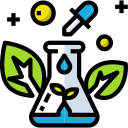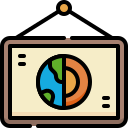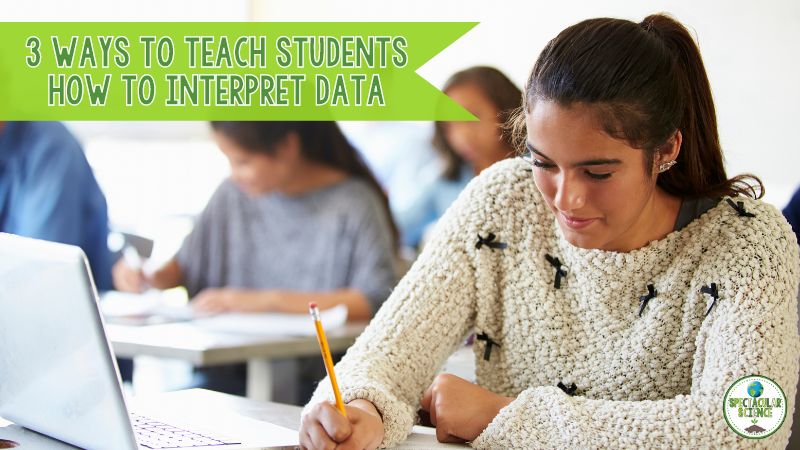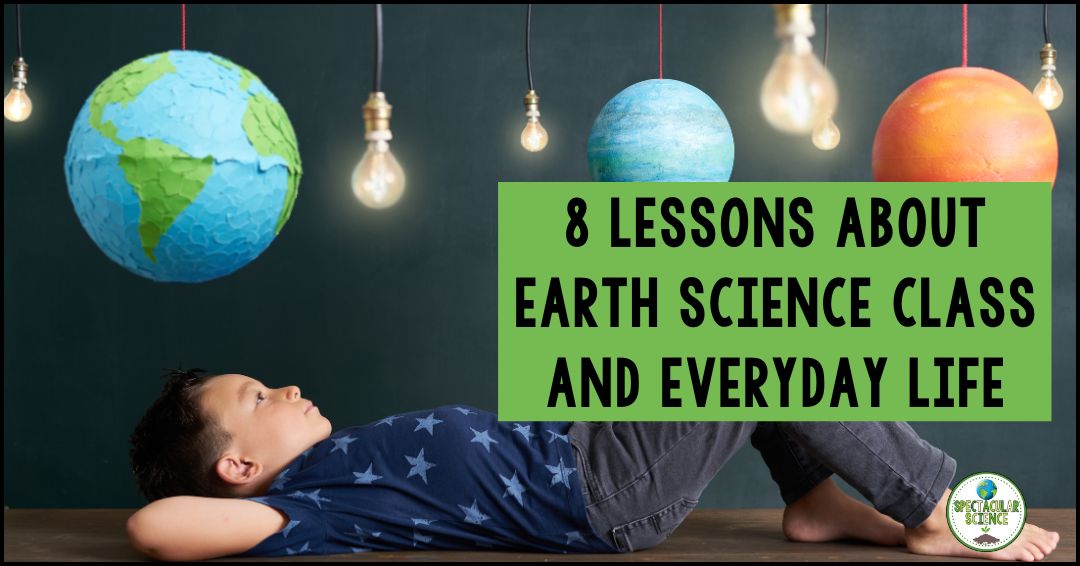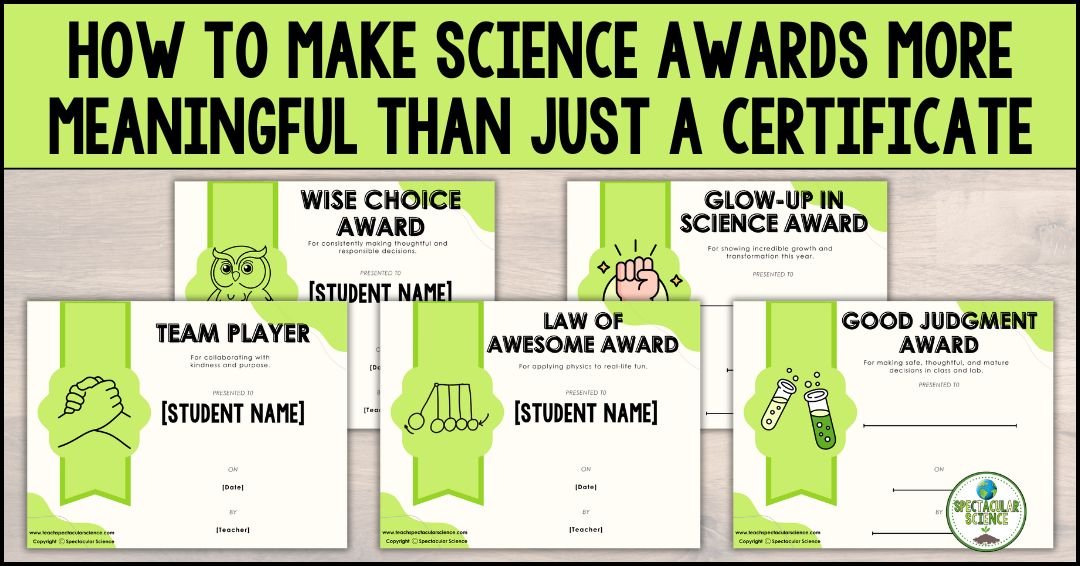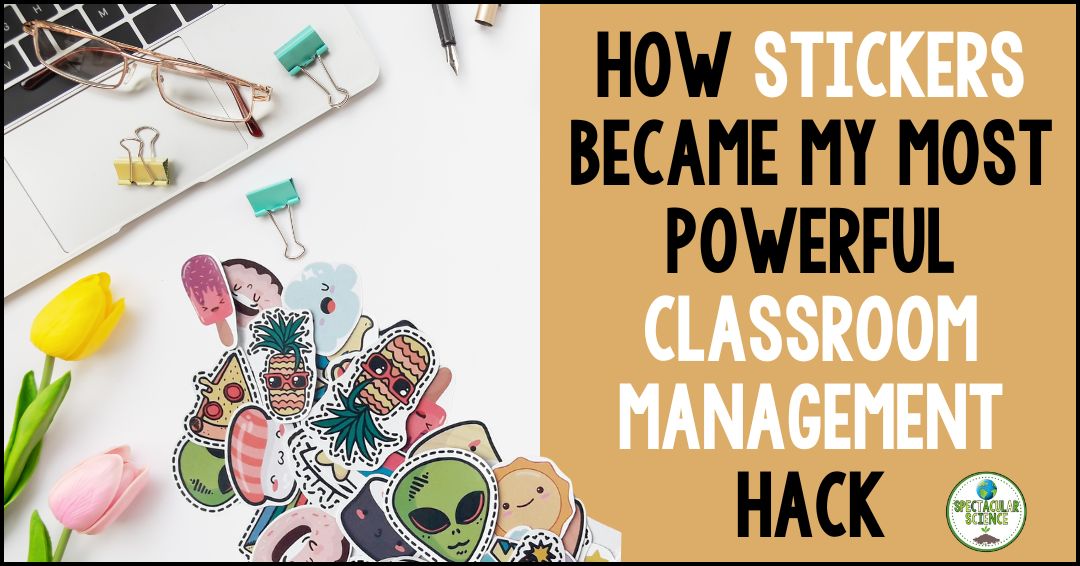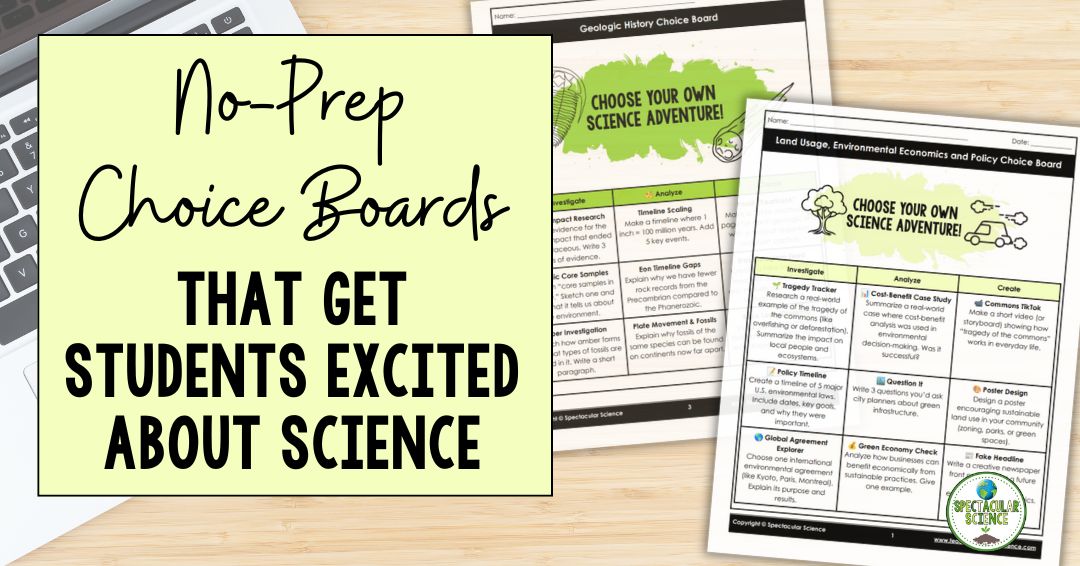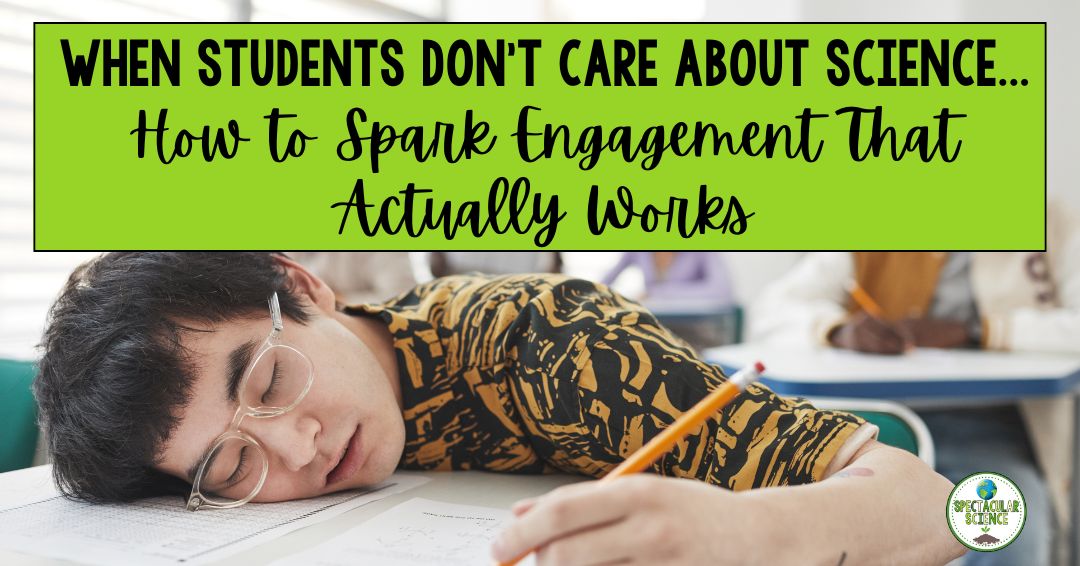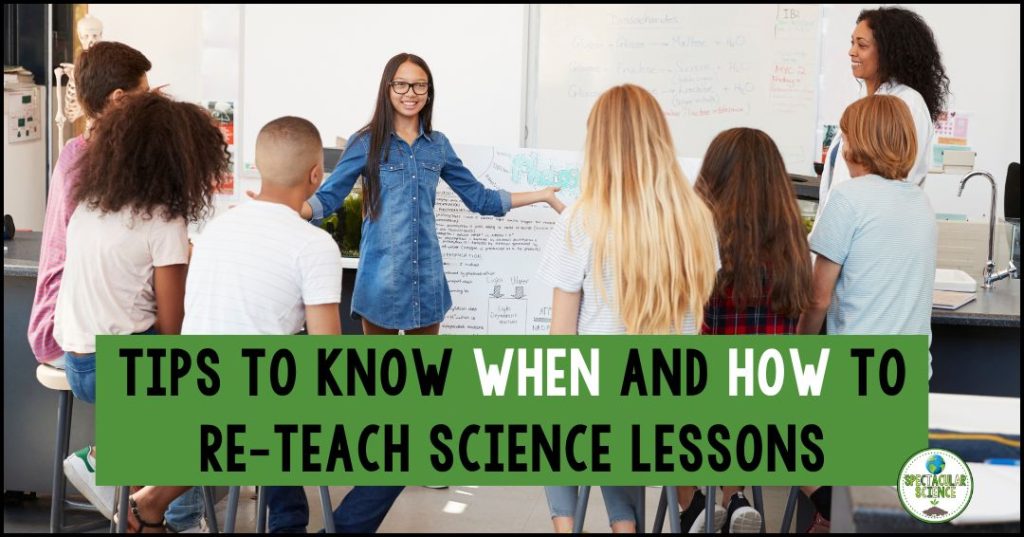
You know that moment when you’re in the middle of a new unit and you mention something from the last unit and see a sea of furrowed brows or tilted heads. Knowing as a teacher that what you just said was definitely covered in a science lesson, an activity, and covered on an evaluation. And yet… and yet… the student reaction makes it clear that they do not remember that thing at all!
In science, re-teaching is crucial to reinforce foundational concepts and address misconceptions affecting students’ understanding. This concept of spiraling – revisiting topics or subjects – throughout a course continues to be a necessity in any current classroom.
Re-teaching or spiraling is a responsive approach to address the individual learning needs of the students in your classroom. We know that not all students learn at the same pace. However, through targeted re-teaching, teachers can effectively create a supportive learning environment that fosters mastery of key scientific concepts within their science lessons. This method equips students to navigate the complexities of the subject matter as one unit shifts into another.
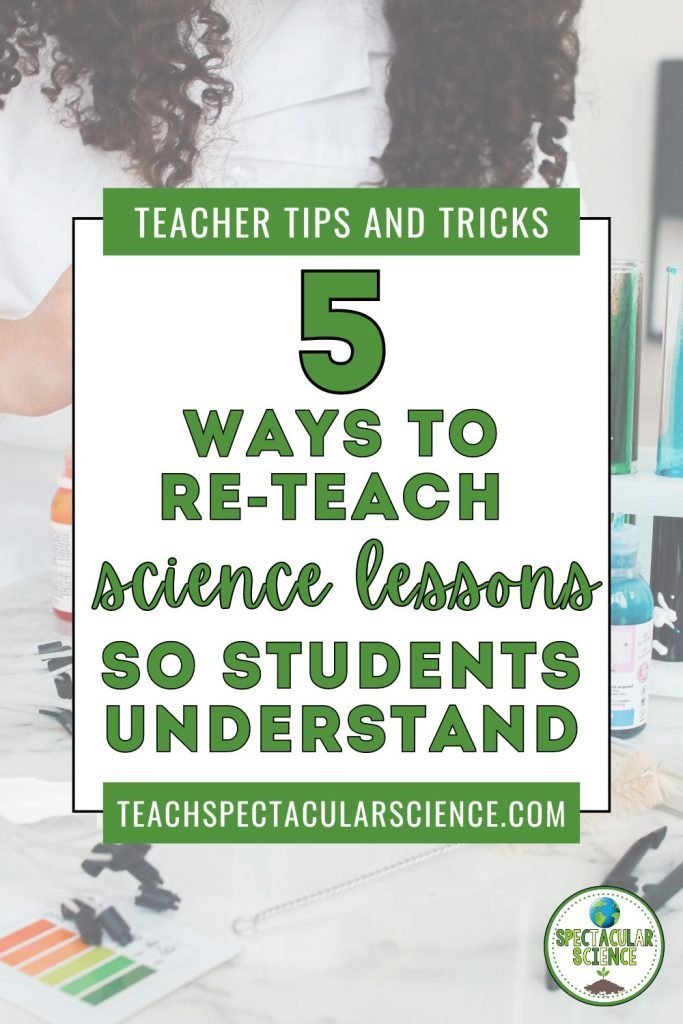
But how do you know when to re-teach or spiral back in your science lessons? And how do you do it effectively? Keep reading for teacher tips and advice on identifying when and how to effectively re-teach in your classrooms.
Signs That Re-teaching Is Necessary
There are plenty of tell-tale signs that you will need to re-teach a science lesson such as a tilted head, the avoidance of eye contact, and other body language besides the verbal “I don’t know!” or “we didn’t learn that!” that might be given in response to a question.
Within a spiral approach to teaching, there are ways to specifically identify either misconceptions or gaps in learning. Completing shorter and more frequent assessments in the form of a quiz or exit ticket is one method. This method provides some anonymity to students but it does increase teacher workload with a need to review another set of papers.
Another option is an activity such as four corners or stand-up-sit-down, which is more public but makes it possible to correct information in the moment – no added grading! For example, as you start a new unit you can preview it with questions or statements (true and false) related to previous units of study that are necessary as background knowledge for the new unit. Ask the question, assign spots in the room as potential answers – could be agree, disagree, unsure or even front of the room is true and back is false, etc. – then see where students move in the room. Teachers can then correct errors or misconceptions right then and there.
To identify gaps in understanding, spend some time analyzing assessment results and class performance. Formal assessments from science lessons such as tests, labs, and projects provide quantitative data. You can compile qualitative or anecdotal data too through class discussions and student check-ins.
One approach that teachers and students will appreciate is the use of task cards. It’s a quick and efficient method to gather data about students’ understanding. Grab this FREE set of task cards to use in your science classes.

Creative Strategies For Re-teaching Science Lessons
When you find yourself having to re-teach you can certainly rely on the methods you previously used but I’m a firm believer in switching it up. Switching it up can keep things fresh and new and most of all it can provide another way to deliver the information that might resonate better with students. Plus, students who may have grasped a concept the first time can still learn something new through a different approach.
Hands-on experiments and demonstrations
Incorporating hands-on activities into your science lessons reinforces concepts through practical applications. Experiential learning helps consolidate information better and also leads to better retention of material. Engaging students with interactive learning experiences can be as simple as delivering a lab. Whether it’s the first time through or a second time with a switch, a lab is always a great option for science lessons.
Check out these full-year bundles for labs in Environmental Science and labs for Earth Science. With a ton of lab options for either course, students will be able to explore a concept to build their knowledge base practically.
Check out this post with 100 Quick Hands-On Learning Opportunities in Science.
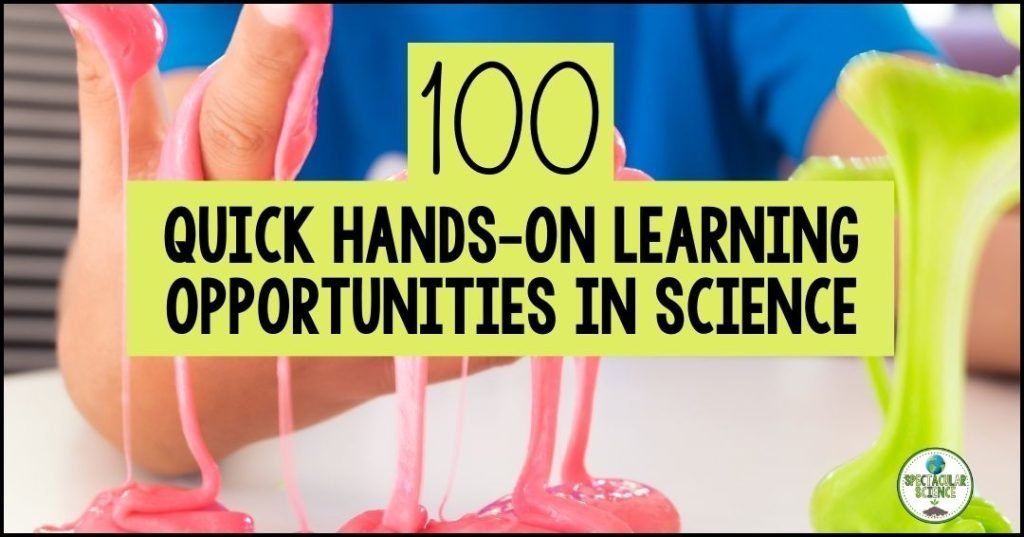
Gamification in the Science Classroom
Consider using games in your classroom to keep things interesting, especially if you have a group of students who thrive on competition with themselves or others.
Turning re-teaching into educational games can mean using pre-made options such as Jeopardy-style review games, online interactive quizzes and challenges, or even having students create a game for their own review.
To create a science review game, I turned to our school’s science club to help out knowing I could not fit it in as an in-class project. The request to the group was to create challenges or adapt ‘traditional’ board games for use in different units and for different grades.
This set of Earth Science review bundle includes, among other options, a few Jeopardy review games for students. If competition is a motivator for your students, reviewing games can be an ideal approach to re-teaching.
Sometimes it’s as simple as setting up stations and providing a partial deck of cards (one suit from Ace through to King) and a list of 13 questions or prompts. Students can draw a card and answer a question/prompt. And to heighten the game mode, add in a timer! (Here’s the classic Jeopardy theme or the more contemporary option that students might know better.
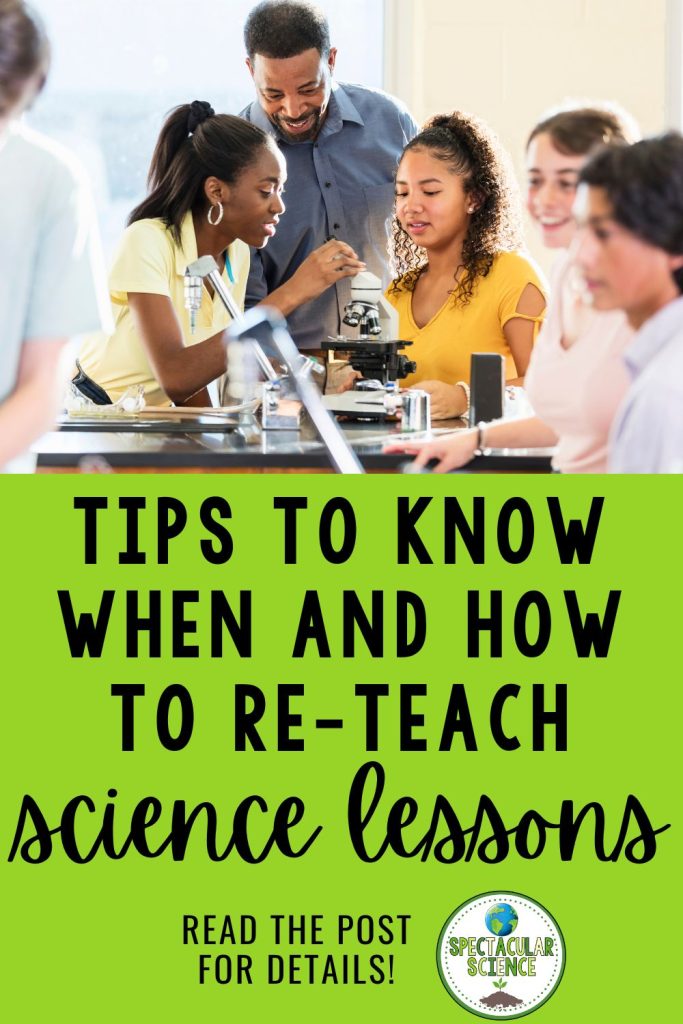
Peer Teaching and Collaborative Learning
Encouraging students to teach each other can help those who need the added time for their understanding to build and can deepen the ‘teacher’s’ understanding as they help their peers. Group activities and projects reinforce understanding in a way like no other.
Working collaboratively is also a skill that will help in and beyond the science classroom. Use group projects such as this terrestrial biomes project, this severe weather project option, this ecological footprint dinner project (which is also a great seasonal activity in November and December), or this planet research project.
Real-world Applications
Bringing science to life by connecting science concepts with everyday experiences can create memorable science lessons for students. Whether it’s an out-of-school field trip, a virtual field trip (like any of these options), or inviting a guest speaker into your classroom in person or virtually, there are numerous real-world connections that can be made between your science lessons and the world beyond the classroom walls.
Think about that time you wanted to do a field trip but it was only available after you’d completed the unit, or a guest speaker’s availability didn’t coincide with when you wanted to make that connection in a unit of study. With spiraling this random timing after the fact is actually a good thing! Think about incorporating these real-life experiences even when the timing isn’t perfect.
Check out this post with 8 Lessons about Earth Science Class and Everyday Life for more ideas.
Multimedia Resources
This is an opportunity to meet students where they are. Students’ interaction with media is at an all-time high – for better or worse – and teachers can embrace this opportunity to use multimedia resources in their review or re-teaching activities.
For additional practice incorporate educational videos and simulations along with interactive online platforms into your science lessons.
For example, this virtual field trip bundle offers 6 unique and engaging approaches to learning about the intricacies of our planet and beyond. Through a combination of vivid images, captivating videos, and engaging audio clips, students can delve into the dynamic forces of earthquakes, the mysteries of distant planets, the explosive power of volcanoes, the transformative processes of weathering and erosion, and the diverse ecosystems of aquatic and terrestrial biomes.

Webquests are another way to get students to use online sources in a directed way that can support their learning about a particular concept and develop their understanding of reliable online sources. Include them as part of the initial unit or use them as a re-teaching tool at various points in the school year.
This two-week unit on food chains, food webs, and food pyramids includes a webquest about keystone species.
While this two-week long, low-prep resource about heat transfer in the atmosphere includes multimedia resources in a webquest, hands-on learning with labs, and more so your science students gain a deep understanding of the mechanisms that drive heat exchange in the atmosphere, providing them with valuable insights into the intricacies of Earth’s climate and weather systems.
What to do when re-teaching is a challenge?
These ideas are just a starting point for ways to re-teach material but we still need to address the elephant in the room. What do you do when returning to a subject or concept is a challenge?
More likely than not, the biggest challenge is usually student frustration and/or disengagement.
The main option to address this is to tailor your re-teaching strategies in your science lessons to your students’ different learning styles in class. Not everyone wants to play a game to review and that’s okay! Think about how you might include stations that provide different opportunities for different students rather than a single whole-class option.
And most of all, listen to students! Seek feedback from students for continuous improvement and ways to continuously improve your science lessons!

